Light poles
Most modern light poles include a photocell sensor to automate the lighting which goes toward reducing cost, but despite the massive number of light poles and their concentration in populated areas, they remain low function devices. What makes light poles a focus for additional services is the fact that they are all powered, giving add-ons the ability to use that power without the additional cost of running additional power to other external devices, as has been the case for video cameras and similar devices, but it seems one new company is interested in bundling lots of stuff into a relatively small package that is easily installed on existing light poles.
Ubicquia (pvt), a Florida-based start-up has bundled a variety of devices into a single package that attaches to existing streetlights in minutes, giving each the ability to provide Wi-Fi, Directional Microphones, Dual 4K Cameras with 16 days of video storage, and an 8 core AI processor, and a PoE (Power over Ethernet) port for additional applications. The Wi-Fi 6 access point can be used to provide access to the public or city employees and can be meshed by using a backhaul connection, while the cameras can stream traffic and pedestrian images with the microphones used to gather noise levels, speeding cars, or gunshot noise through the company’s platform management system, which controls all functions and data. As the platform itself installs through the light pole photocell input, the cost of installation relative to adding individual devices or a dedicated pole is said to be 40% lower (unconfirmed), with compatibility (again unconfirmed) with 360m streetlights.
While street poles have always been financial burdens to towns and cities, increasingly so as cameras become more a part of daily life, the need for carriers to deploy additional base stations for 5G and eventually for 6G give new life to street poles, and will allow governments to provide additional services , partially funded by carriers. The cost of adding such services through modular systems such as the one described above make it worthwhile and cost effective for adding those services which can benefit the public in numerous ways, particularly by reducing traffic and preventing or solving crime. While there will always be questions of personal security, light poles and cameras are already so enmeshed into society that unless they are used for quasi-legal purposes, they seem to be accepted by the general population, and as less of a cost burden local governments can expand their use without a heavy cost.






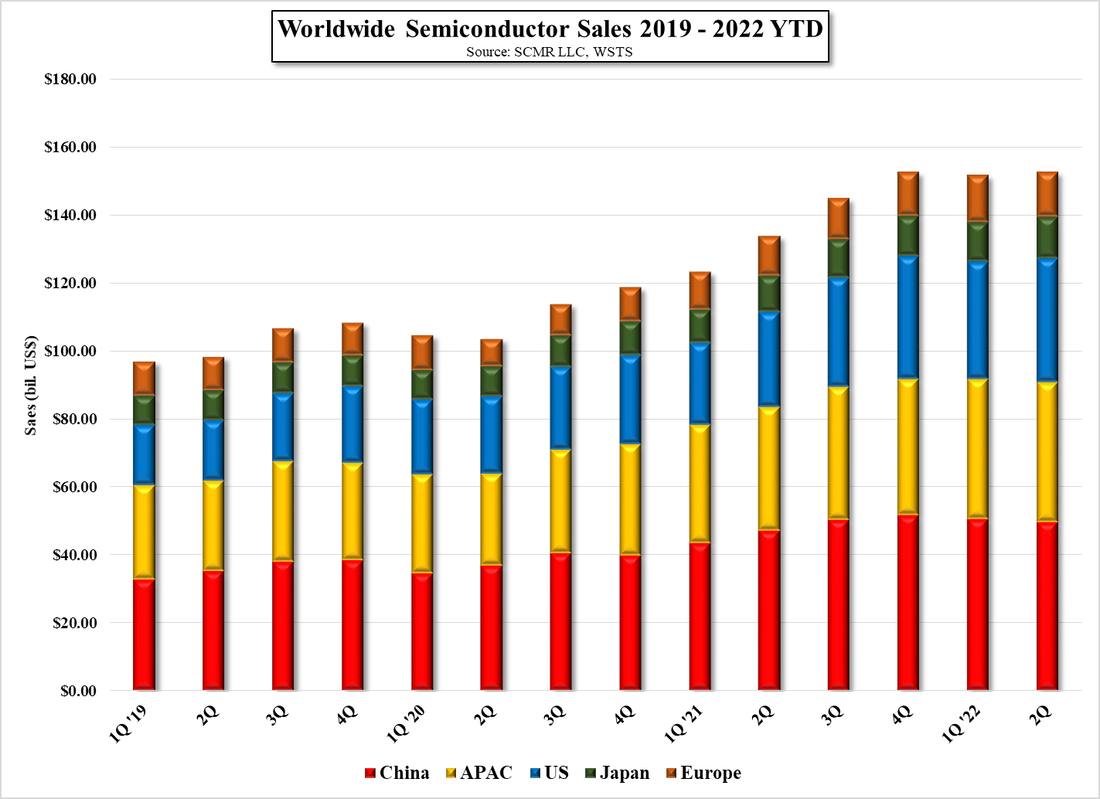
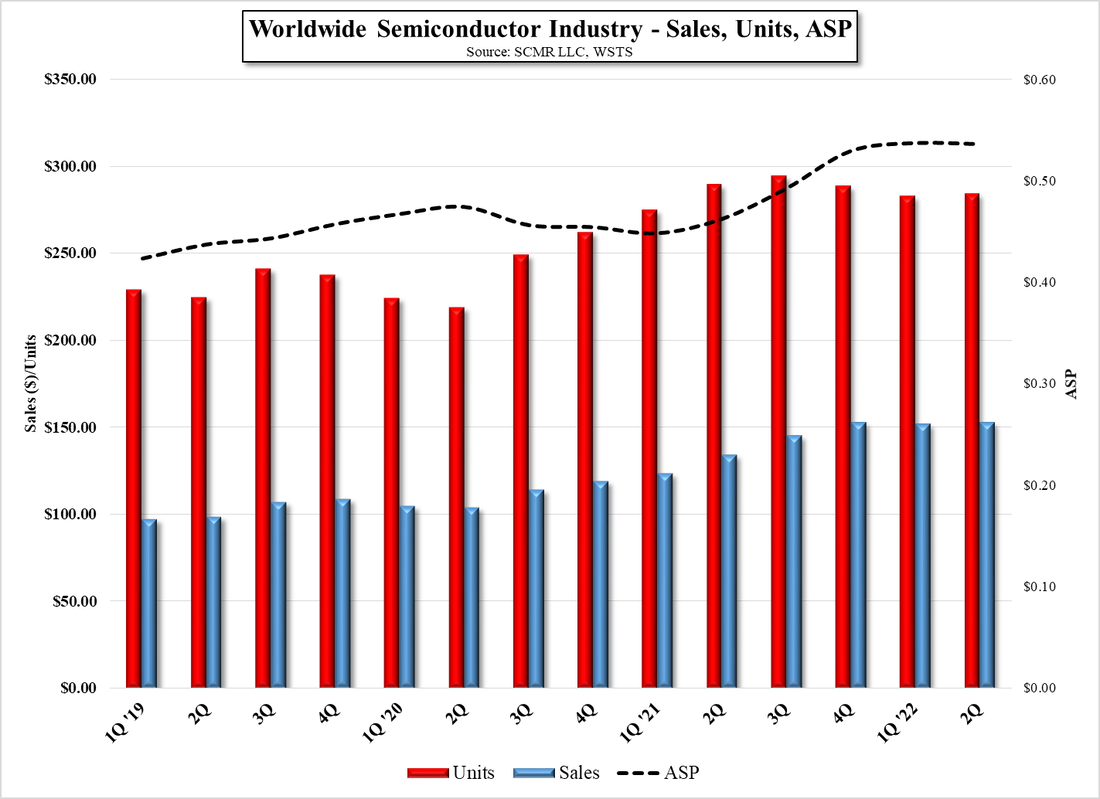
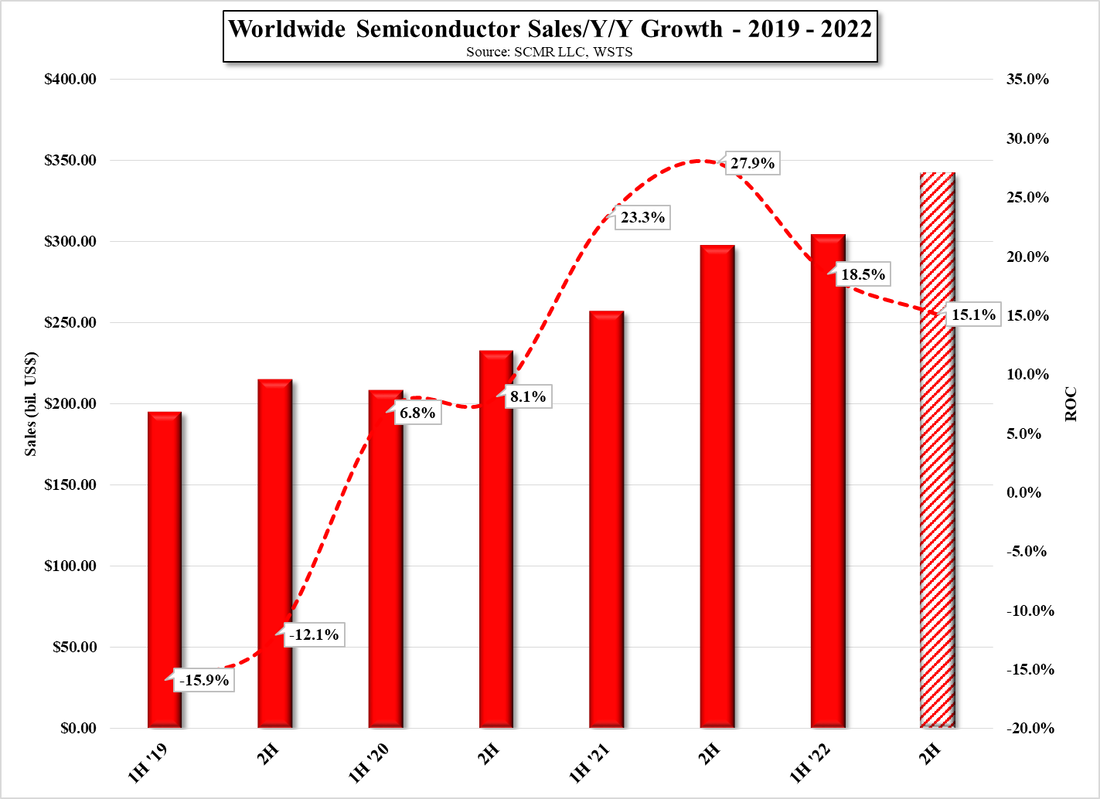
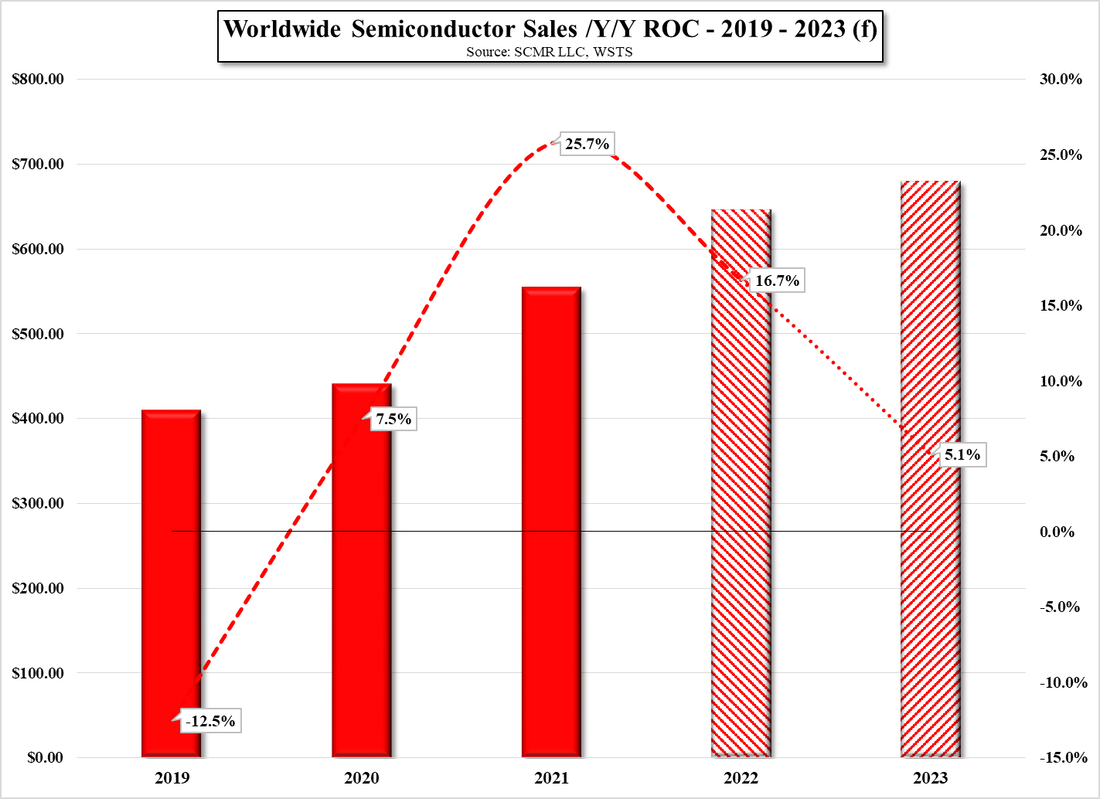




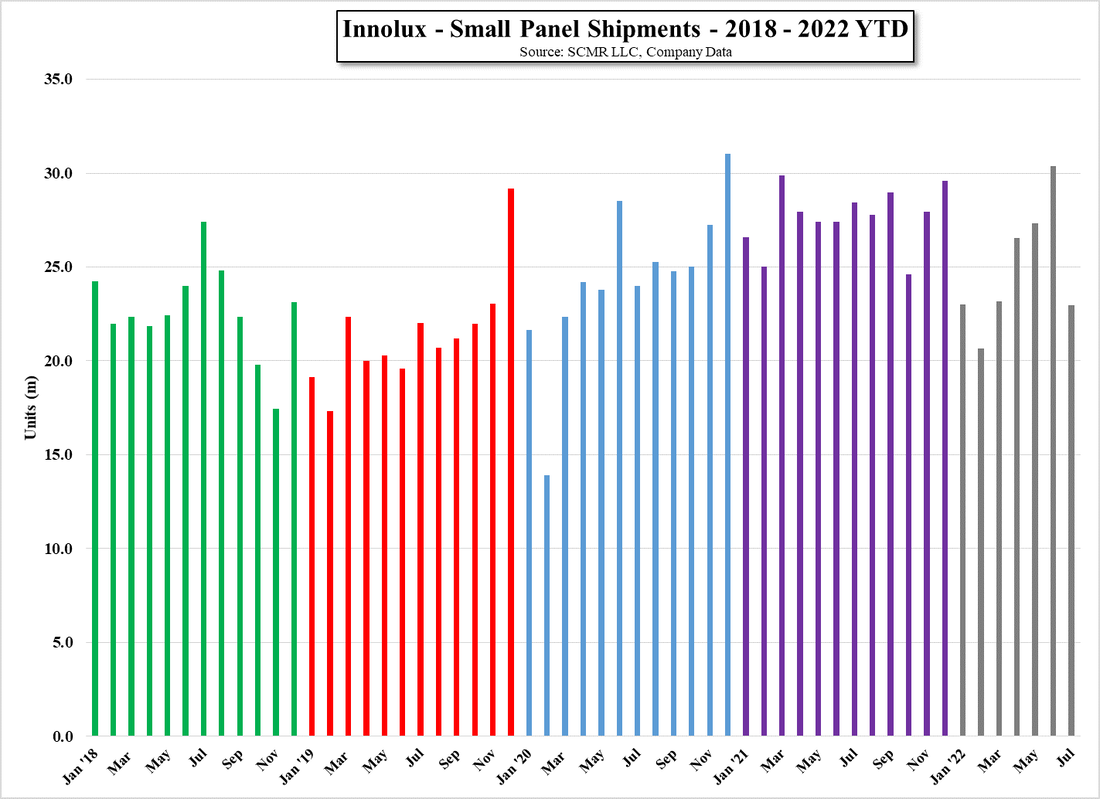
 RSS Feed
RSS Feed